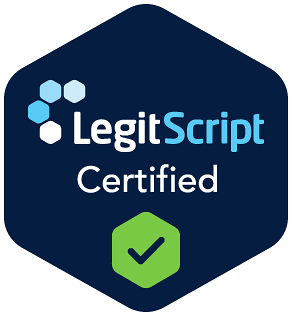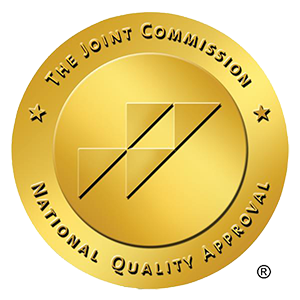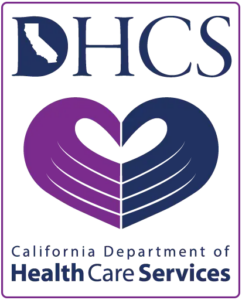Opioid addiction affects thousands of Orange County residents, but recovery is absolutely possible with the right treatment approach.
We at Surf City Detox have witnessed countless individuals break free from opioid dependency through evidence-based programs that address both physical and psychological aspects of addiction.
This guide explores proven opioid addiction treatment Orange County options that deliver real, lasting results for people ready to reclaim their lives.
What Makes Opioid Addiction So Destructive in Orange County
Orange County faces a severe opioid crisis with opioids present in approximately 80-90% of drug and alcohol-related deaths between 2017-2020. The crisis stems from prescription painkillers prescribed at high rates, with many patients who transition to street drugs when prescriptions end. Fentanyl seizures have risen dramatically with CBP seizing over 19,600 pounds during FY 2024 through August, making every use potentially fatal. The addiction typically begins within 30 days of prescription use, with tolerance that develops rapidly and withdrawal symptoms that appear within 6-12 hours of the last dose.
Physical Warning Signs That Demand Immediate Action
Opioid addiction manifests through specific physical changes that families often miss. Constricted pupils that don’t respond to light changes, dramatic weight loss that exceeds 10 pounds within weeks, and constant flu-like symptoms indicate advanced addiction. Users develop track marks, frequent nosebleeds from snorting (particularly with heroin use), and breathing rates below 12 breaths per minute during use. Sleep patterns completely reverse with users who stay awake for days then sleep 12-16 hours straight.
Behavioral Changes That Signal Crisis
The progression from prescription use to street drugs happens faster than most families expect. Users begin doctor shopping, visit multiple physicians for prescriptions, then transition to purchase pills illegally when prescriptions end. Financial behaviors shift dramatically with unexplained expenses, stolen items from family members, and constant requests for money. Social isolation intensifies as users abandon work, school, and family obligations. Patients lose jobs within 90 days of developing dependency (according to treatment center data), which highlights how quickly opioid addiction destroys lives.
The Deadly Fentanyl Factor
Street opioids in Orange County now contain fentanyl at unprecedented levels, with law enforcement reporting contamination in nearly every seized sample. This synthetic opioid proves 50 times more potent than heroin and causes overdoses within minutes of use. Users cannot detect fentanyl by sight, smell, or taste, which creates a Russian roulette scenario with every purchase. Emergency rooms report fentanyl overdoses that require multiple doses of naloxone (Narcan) to reverse, compared to single doses needed for heroin overdoses just five years ago.
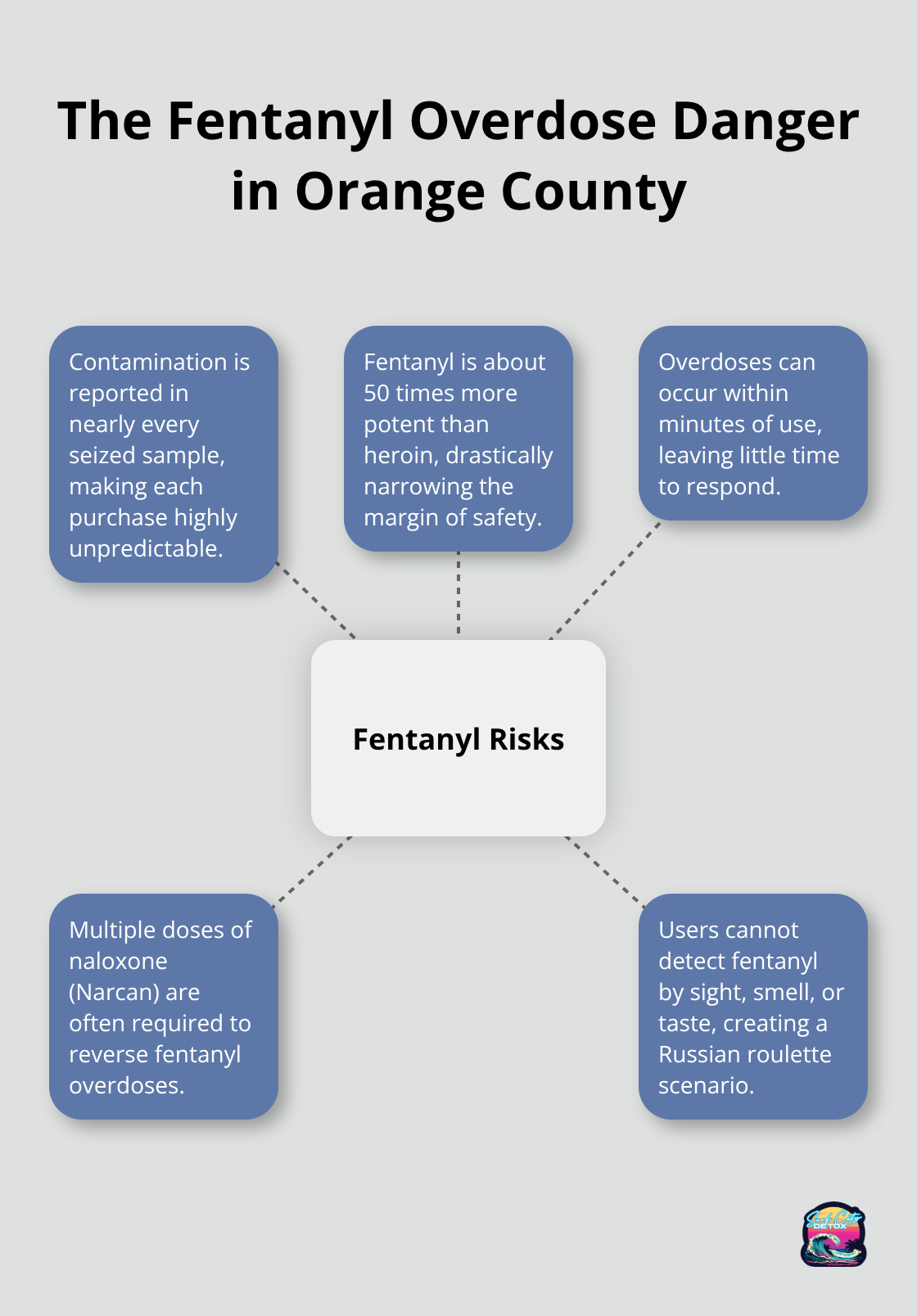
These escalating dangers make immediate professional intervention essential for anyone showing signs of opioid dependency, as the window for safe recovery narrows with each passing day.
Which Treatments Actually Work for Opioid Addiction
Medical detox forms the foundation for successful opioid recovery through 24/7 clinical supervision that manages dangerous withdrawal symptoms safely. Medical teams monitor vital signs continuously and administer medications to reduce nausea, muscle aches, and seizure risks that peak 72 hours after last use. Withdrawal symptoms from opioids typically last 5-10 days for short-acting drugs like heroin, but extended-release opioids create withdrawal periods that span 2-3 weeks. Medical professionals adjust comfort medications hourly based on symptom severity scores, which prevents the medical complications that force 15% of unsupervised detox attempts to require emergency intervention (according to addiction medicine specialists).
Medication-Assisted Treatment Changes Everything
Buprenorphine, methadone, and naltrexone are FDA-approved medications that effectively treat opioid use disorder when combined with counseling. Buprenorphine blocks euphoric effects while it prevents withdrawal, which allows patients to function normally within 48 hours of treatment start. Methadone requires daily clinic visits but eliminates cravings completely for 24-hour periods, while naltrexone blocks opioid effects entirely but requires 7-10 days of complete abstinence before patients can start. Treatment centers report that patients who use medication-assisted treatment show employment rates of 85% after six months compared to 45% for those who use therapy-only approaches.
Behavioral Therapies Target Root Causes
Cognitive Behavioral Therapy sessions teach patients to identify trigger situations and develop alternative responses within 12-16 weekly sessions, with studies that show 70% of CBT participants maintain sobriety past one year. Dialectical Behavior Therapy focuses on emotional regulation skills through mindfulness techniques that patients practice daily, which reduces relapse rates by 50% among individuals with co-occurring mental health conditions. Group therapy sessions create accountability partnerships where patients check in weekly, share strategies that work, and identify warning signs before relapse occurs.
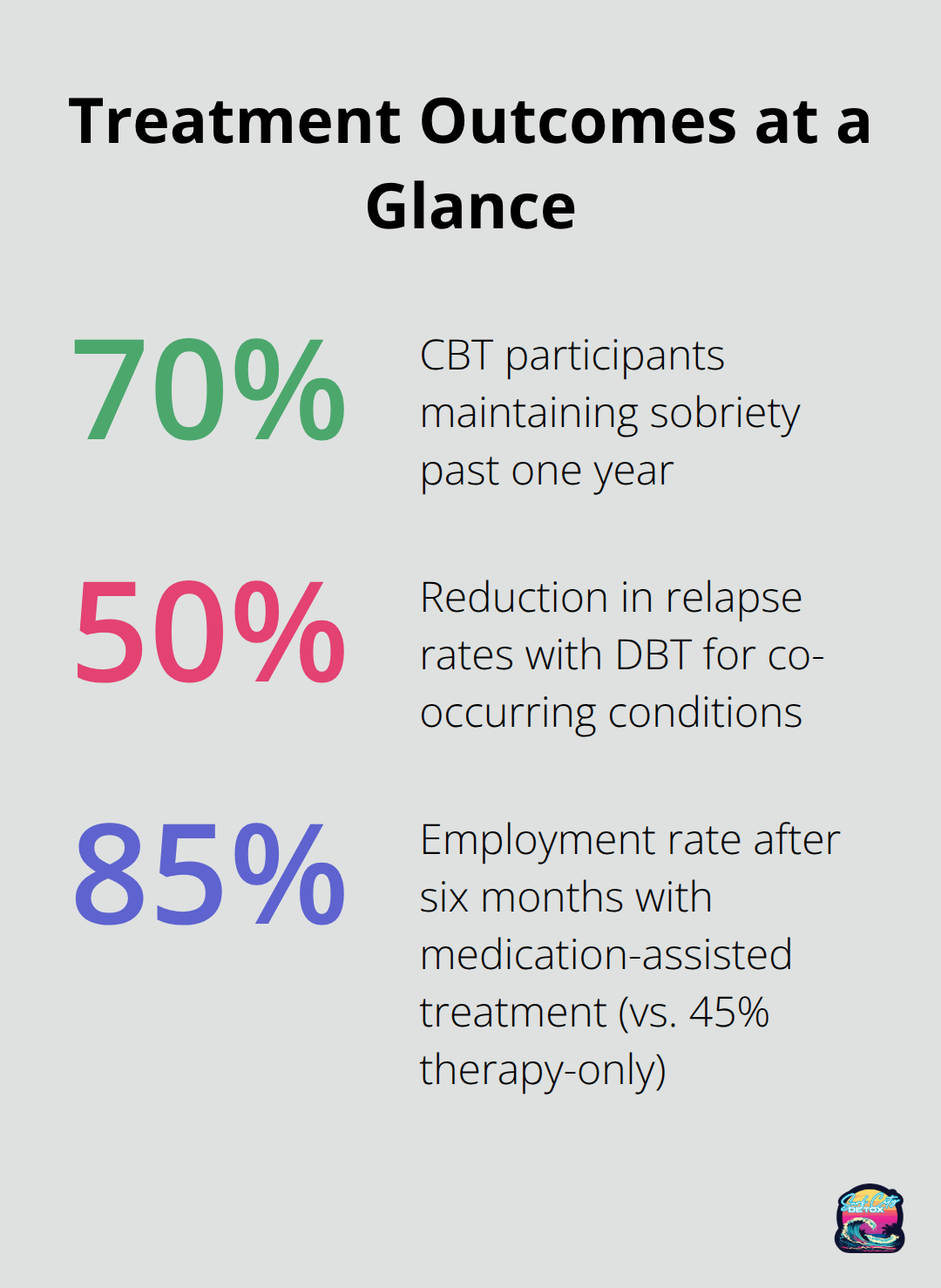
Individual counseling addresses trauma histories that research shows are comorbid with prescription opioid dependence, with trauma-informed approaches that show superior outcomes when treatment targets underlying emotional pain that drives continued drug use.
Orange County’s specialized opioid addiction treatment centers combine these evidence-based approaches with comprehensive support systems that address the unique challenges of opioid recovery.
What Makes Orange County the Best Place for Opioid Recovery
Orange County houses the nation’s most advanced opioid addiction treatment centers with specialized medical teams that understand fentanyl addiction complexities. These facilities maintain enhanced staffing ratios that allow personalized medical care and prevent complications seen in opioid detox cases nationwide. Licensed physicians with addiction medicine certifications staff these centers around the clock and provide immediate responses to withdrawal emergencies that can become life-threatening within hours. The region’s proximity to leading medical universities creates access to advanced treatments like extended-release naltrexone injections and rapid detox protocols that reduce withdrawal duration significantly.
Recovery Networks That Actually Function
Orange County’s recovery community operates through structured alumni programs where graduates mentor new patients through weekly check-ins and crisis support calls. Treatment centers report that clients with alumni mentors show significantly lower relapse rates compared to those without peer support within the first year. The region hosts 400+ weekly Narcotics Anonymous meetings across 34 cities and provides multiple daily options that accommodate work schedules and geographic preferences. Sober homes maintain occupancy partnerships with treatment centers and create seamless transitions that eliminate gaps where relapses typically occur.
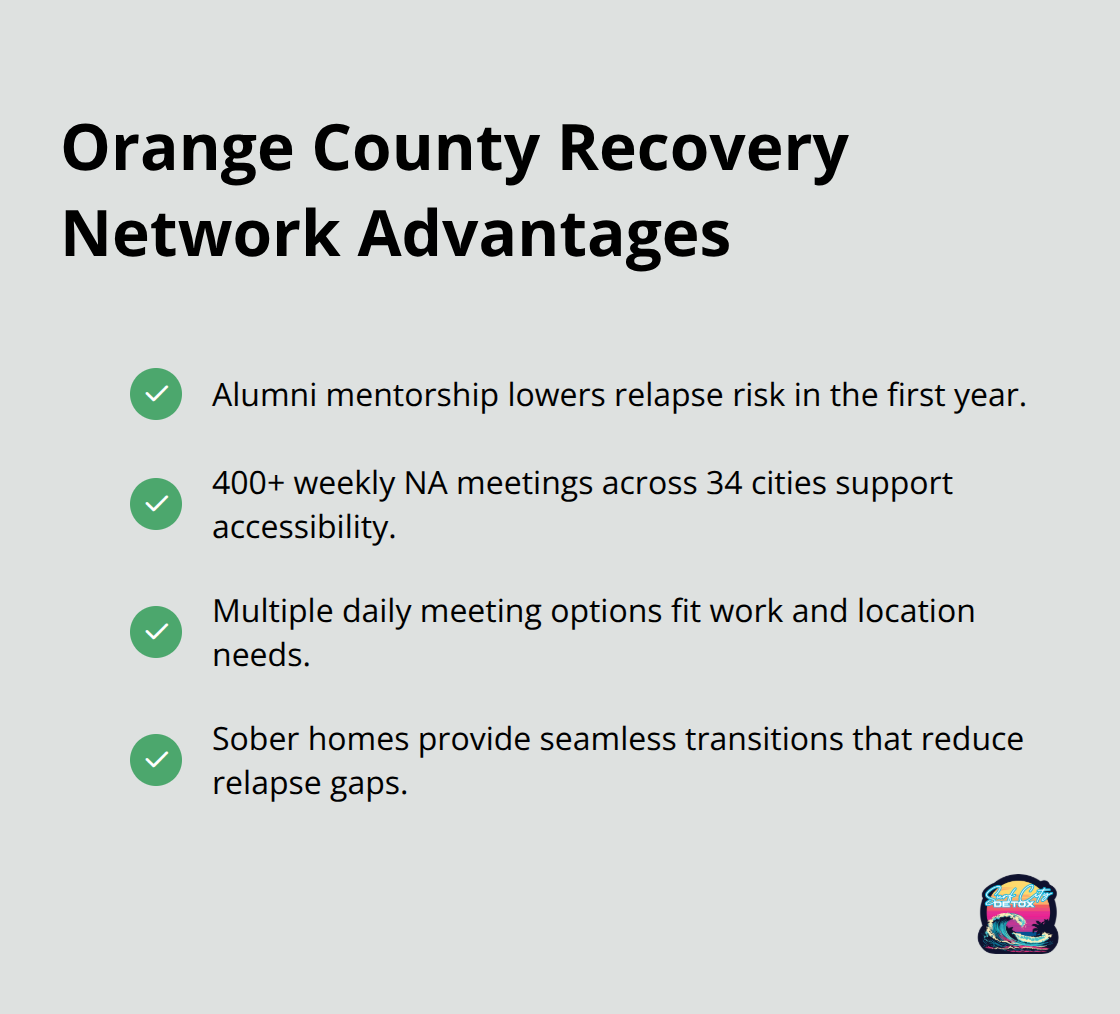
Mental Health Integration That Saves Lives
Dual diagnosis treatment addresses the reality that 43 percent of people in substance use disorder treatment for nonmedical use of prescription painkillers have mental health diagnoses or symptoms that drive continued drug use. Orange County facilities provide psychiatrists who specialize in addiction medicine and prescribe antidepressants and anti-anxiety medications that work safely with buprenorphine and naltrexone. Trauma-informed therapy sessions target childhood abuse histories that research shows drive continued substance use patterns. Insurance coverage through Covered California and major providers covers dual diagnosis treatment at high rates, which makes comprehensive care financially accessible for most Orange County residents who seek recovery.
Medical Excellence Standards
The Joint Commission accredits leading Orange County treatment facilities and maintains strict safety protocols that exceed state requirements. California Department of Health Care Services licenses these centers and conducts regular inspections that verify clinical standards and patient safety measures. Medical directors hold board certifications in addiction medicine and emergency medicine, which provides expertise that general practitioners cannot match during complex withdrawal cases. These credentials matter when fentanyl withdrawal creates cardiac complications that require immediate intervention within minutes of symptom onset.
Final Thoughts
Recovery from opioid addiction starts with a single phone call to a qualified treatment center. Medical professionals assess each patient to determine the appropriate level of care within hours of contact. Most patients begin treatment within 24-48 hours of initial contact, which prevents dangerous delays that often lead to overdose or continued deterioration.
We at Surf City Detox provide comprehensive opioid addiction treatment Orange County residents need through our integrated approach that combines medical detox, residential treatment, and dual diagnosis care. Our facility offers 24/7 medical supervision during detox, evidence-based therapies, and personalized treatment plans that address the root causes of addiction. We maintain accreditation by The Joint Commission and hold licenses from the California Department of Health Care Services (which means you receive high standards of clinical care and safety).
The time to act is now, before fentanyl contamination makes the next use potentially fatal. Contact Surf City Detox today to speak with our intake specialists who will verify your insurance coverage and guide you through the admission process. Your life is worth the fight, and recovery is absolutely possible with the right professional support.

